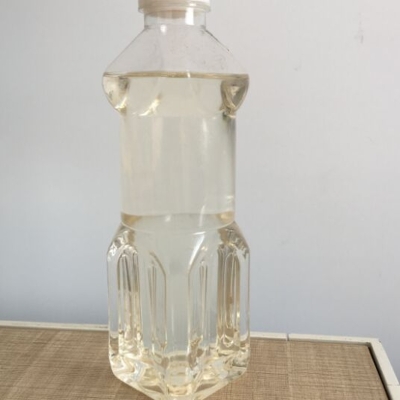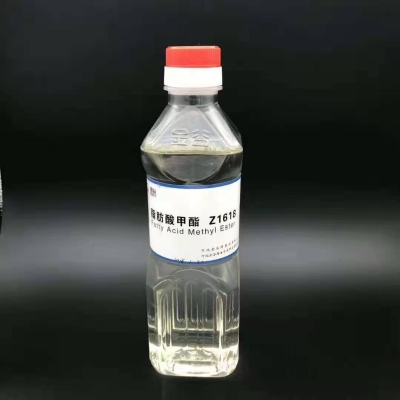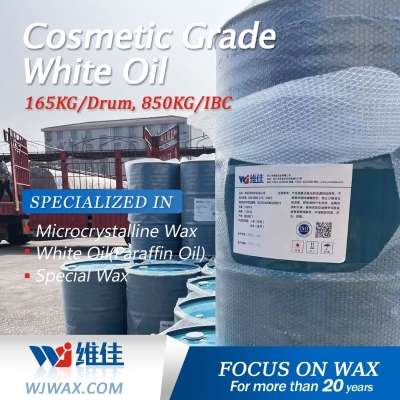-
Categories
-
Pharmaceutical Intermediates
-
Active Pharmaceutical Ingredients
-
Food Additives
- Industrial Coatings
- Agrochemicals
- Dyes and Pigments
- Surfactant
- Flavors and Fragrances
- Chemical Reagents
- Catalyst and Auxiliary
- Natural Products
- Inorganic Chemistry
-
Organic Chemistry
-
Biochemical Engineering
- Analytical Chemistry
-
Cosmetic Ingredient
- Water Treatment Chemical
-
Pharmaceutical Intermediates
Promotion
ECHEMI Mall
Wholesale
Weekly Price
Exhibition
News
-
Trade Service
On December 3, the Ministry of Industry and Information Technology issued the 14th Five-Year Plan for Industrial Green Development (hereinafter referred to as the "Plan") and interpreted
the "Plan" in detail.
The "Plan" makes specific arrangements
for the "14th Five-Year Plan" industrial green development goals, timetables and road maps.
The "Plan" establishes specific targets for the green development of industry in the "14th Five-Year Plan": by 2025, the carbon dioxide emissions of industrial added value will be reduced by 18%; Reduce the emission intensity of major pollutants in key industries by 10%; The energy consumption of industrial added value above designated size was reduced by 13.
5%, of which the unit consumption of key industrial products such as ethylene reached the world's advanced level; The comprehensive utilization rate of bulk industrial solid waste reached 57%, the recycling capacity of major renewable resources reached 480 million tons, and the water consumption of industrial added value decreased by 16%; The output value of the green environmental protection industry reached 11 trillion yuan
.
The "Plan" puts forward the overall work arrangement
of "focusing on 1 action, building 2 major systems, promoting 6 transformations, and implementing 8 major projects".
Among them, 1 action is to implement the carbon peak action
in the industrial sector.
The "Plan" mentions that the implementation plan for carbon peaking in the industrial field and key industries such as iron and steel, petrochemical and non-ferrous metals should be formulated, and the road map and timetable for
carbon peak should be planned as a whole.
Based on the different characteristics of process-based and discrete manufacturing, the main carbon emission production processes or sub-industries in industries such as iron and steel, petrochemical and chemical industries are clarified, and the implementation path
of carbon reduction and carbon peak is proposed.
The two major systems include the construction of a green low-carbon technology system and a sound green and low-carbon standard system
.
The six transformations include high-end industrial structure, low-carbon energy consumption, recycling of resource utilization, cleaning of production processes, greening of product supply, and digital transformation
of production methods.
Specific to the petrochemical industry, the "Planning" mentions that it is necessary to accelerate the implementation of green upgrading and transformation of iron and steel, petrochemical and other industries, and promote the relocation and transformation
of hazardous chemical production enterprises in densely populated urban areas.
Implement the "double control" goal of energy consumption and the requirements for carbon emission intensity control, and promote the reduction, intensification and green development of
the heavy chemical industry。 For the "two high" projects whose markets have been saturated, the energy efficiency level of the main product design should be compared with the advanced value of the energy consumption quota of the industry or the international advanced level
.
Strictly control the new production capacity of urea, ammonium phosphorus, calcium carbide, caustic soda, yellow phosphorus and other industries, and new projects should implement the same amount of capacity or reduced replacement
.
Encourage the application of alternative energy sources such as hydrogen energy, biofuels, and waste-derived fuels in industries such as steel, cement, and chemicals
.
Strictly control coal consumption in the main coal industries of iron and steel and coal chemical industry, and encourage new construction, renovation and expansion projects in areas with conditions to implement coal reduction and substitution
。 Strengthen the matching
of raw material supply and demand structure between steel, non-ferrous metals, building materials, and chemical enterprises.
Promote the large-scale comprehensive utilization
of bulk industrial solid wastes such as tailings, fly ash, coal gangue, industrial by-product gypsum, red mud, and chemical slag.
Promote the coordinated disposal of solid waste
in steel kilns, cement kilns, chemical plants, etc.
Focus on high-difficulty wastewater involving heavy metals, high salts, and high organic matter, carry out in-depth and efficient treatment application demonstrations, and gradually improve the level of
wastewater treatment in industries such as printing and dyeing, chemical raw materials, and coal chemical industry.
The 8 major projects include the industrial carbon peak promotion project, the green transformation and upgrading project in key areas, the cleaner production transformation project in key industries, and the green and low-carbon technology promotion and
application project.
Specific to the petrochemical industry, the "Plan" mentions that the focus is on promoting advanced energy-saving processes
such as direct crude oil production chemicals and advanced coal gasification in the petrochemical industry.
Implement high-efficiency catalysis, process strengthening, efficient distillation and other process technology transformation, as well as waste salt incineration refining, waste sulfuric acid high-temperature cracking, advanced oxidation, micro-reaction, coal gasification and other equipment transformation
.







